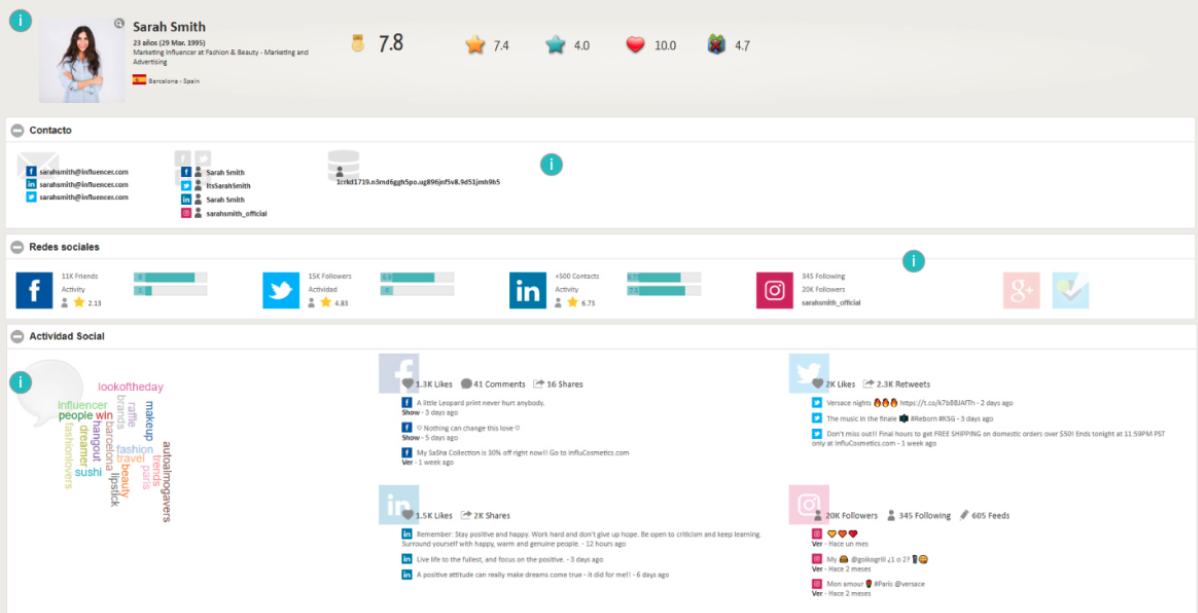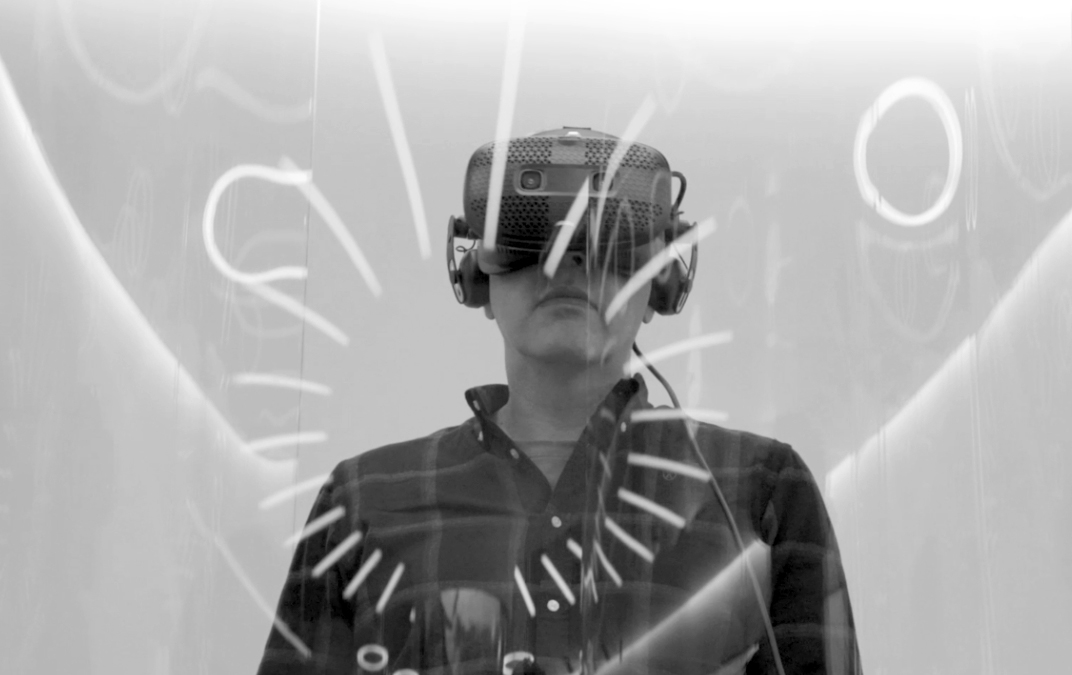Behavioral Internet of Things (IoB) as a lever to guide advertising and marketing
- Date
- Written by admin
What is the IOB or Internet of Behavior? What is it for?
The concept is easy to understand: use the data generated by digital environments to influence people's behavior.
It has been quite a few years since the concept of Internet Of Things (IOT), where "conventional" sensors and objects could be connected to the network. This evolved into Internet Of Everything(IOE), where any object, animal or person could generate data about itself and its environment, to subsequently automate decisions. And it was in 2020 that the consulting firm Gartner focused on the concept of IOE and evolved it into IOB, or Internet Of Behaviour, like one of the strategic technology trends for 2021.
The application of these concepts has advantages in almost any sectorIntelligent cars that are able to predict a potential breakdown, clinical devices that prescribe care plans to reduce emergencies... the possibilities are endless.
But if we talk about influencing behavior through the use of technology in the advertising industry, we are talking about using technology and the data generated by users to create campaigns that meet information needs, accompany them during the decision making process and guide their audiences to take action and maximize results.
Advertising and the Internet of Behavior (IOB)
Many of you will say, well yes... but this is not new, agencies and brands we analyze campaign data to define marketing strategies and find the right message, on the right channel, at the right time to optimize results.
The problem for brands is not the availability of data; the digital assets on which digital marketing actions are based produce hundreds of data. The problem is the ability to extract and integrate them with other sources and then visualize them in a format in which the data becomes information on user behaviour, information to help us describe, predict and even prescribe which marketing levers we should use to maximize results.
In order to have this layer of customer intelligence, it is necessary to rely on the technology, to have the resources and, above all, to have the desire.
Although years ago it was almost aspirational due to the high costs, technology is advancing by leaps and bounds and this not only translates into greater data exploitation capacity, but also into a reduction in prices and, therefore, it is no longer a barrier to entry.
If technology is no longer an issue, then only two ingredients are missing: resources and desire.
There are brands that have the desire and the resources, others have the desire, but are not sure where to start. We, at the agency, decided years ago that we would combine the creativity that we have been doing with advanced data analysis as a differential proposal for brands that want to influence user behavior.
This has led us to explore and create strong agreements with technology partners that allow us to analyze the behavior from different perspectives, from analyze purchase intent of users based on their behavior, to extract more than 400 attributes thanks to the Social Login technology and to model a 360° profile of each lead based on social media behavior.

Xeerpa: https://xeerpa.com/inicio/
IOB + Inboud marketing = Exploratory analysis of the data ecosystem.
Undoubtedly, one of the biggest advances in exploiting the data generated by users in each of the marketing, sales and service phases is our alliance with Smartup, our strategic partner to execute customer and business intelligence projects.
Thanks to this alliance, we make available to our customers a framework for mapping all data sources involved in the decision process to subsequently understand the latent opportunity when applying analytical models that will help us to predict and prescribe behaviors.

Why do we do it?
Firstly, because we are convinced that those brands that exploit user data to guide their advertising and marketing efforts will have a clear competitive advantage in the market.
Secondly, because we act as facilitators for our clients: we said that it was necessary to have technology, resources and desire. Technology is not a problem, resources are provided by us and, therefore, there is only one ingredient that brands must provide: the desire!

